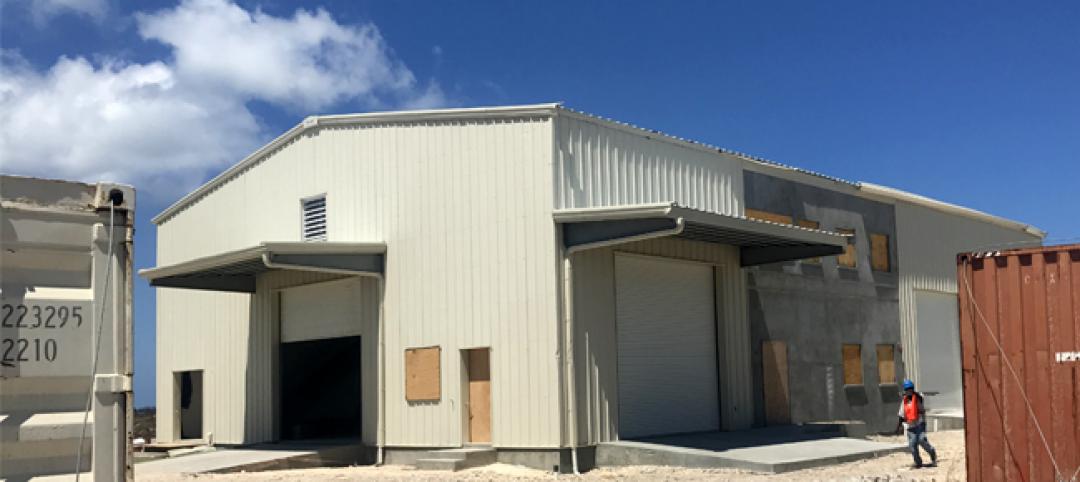Over the years, the industry has relied heavily on the increasing performance of low-e coatings to drive window U-factors (thermal transmittance) lower. However, the full performance of the window is driven by the frame and the edge of glass conductance, and neglecting the window perimeter can result in poorly performing fenestration systems that do not meet US national model energy codes, are uncomfortable to sit next to, and result in problematic condensation.
In order to help designers specify the appropriate fenestration components and performance, the factors that contribute to the U-factor and condensation resistance of a window are deconstructed. The sensitivity of edge of glass and window U-factors to different edge of glass design parameters, such as frame bite relative to the sight line, sealant height, spacer conductivity etc. are also examined. The data show that when reviewing the thermal performance of different edge of glass solutions, it is important to compare "like with like" relative to sealant height, frame bite and desiccant fill, since all these factors impact thermal performance. Also, it is critical to ensure that thermal simulations are done using edge of glass constructions that include the actual amount of sealant which will be used in the final project.

















